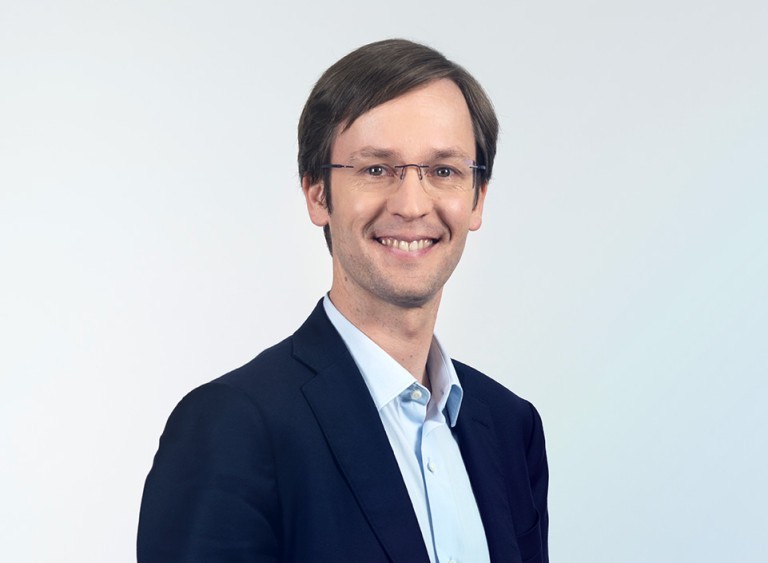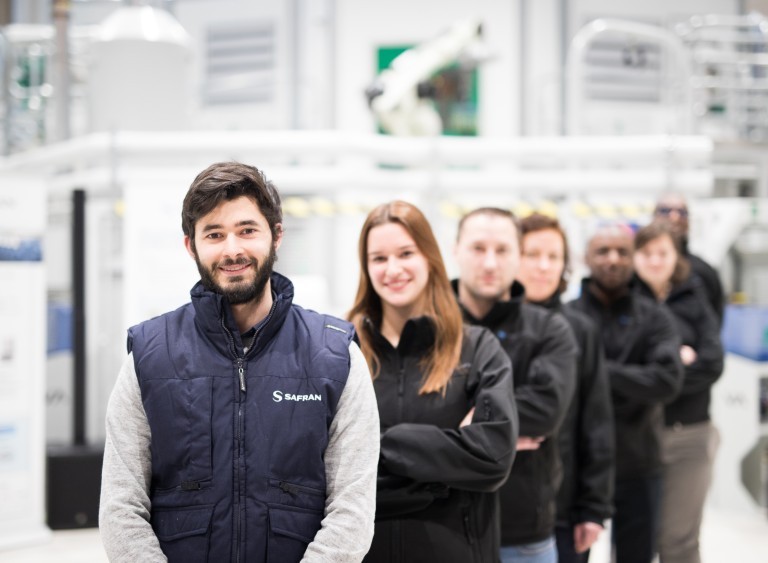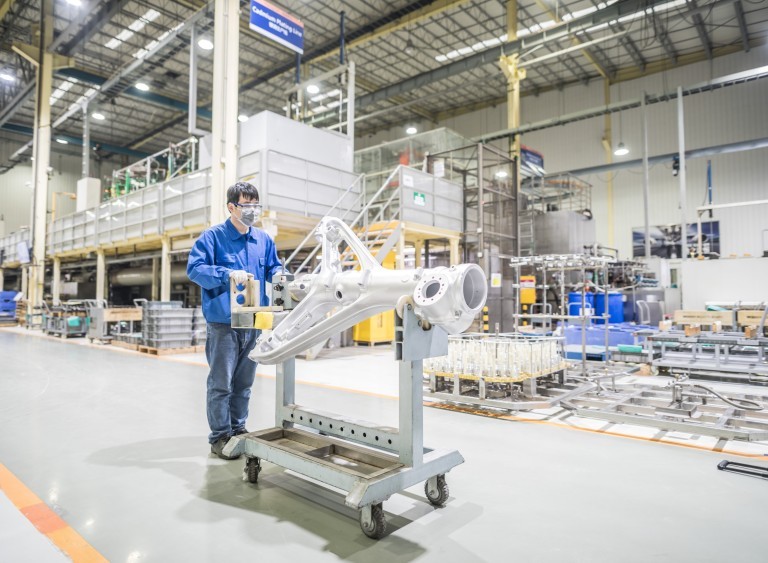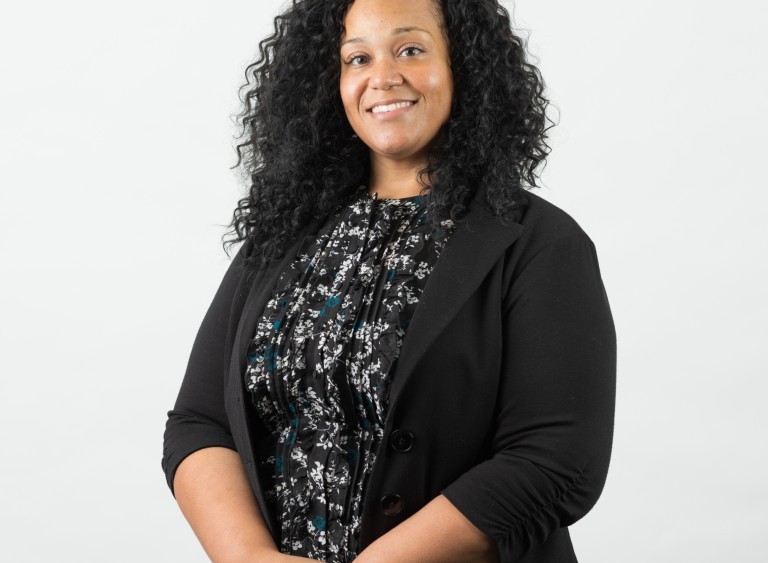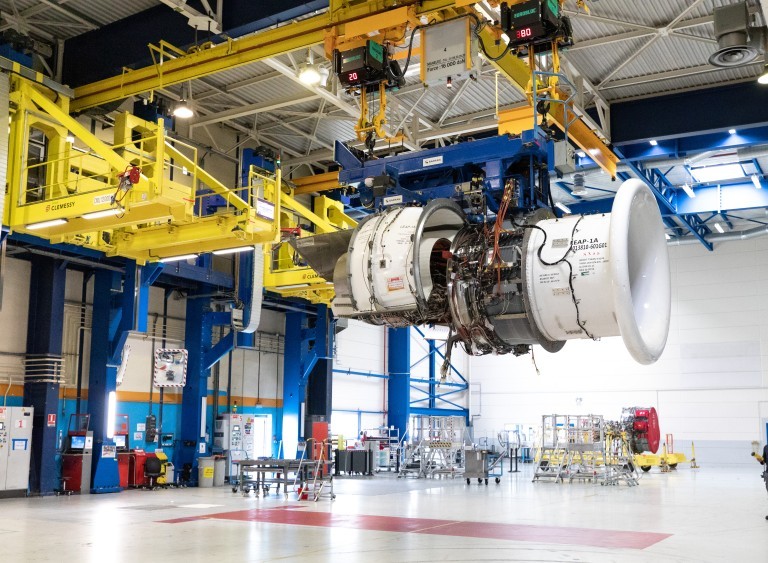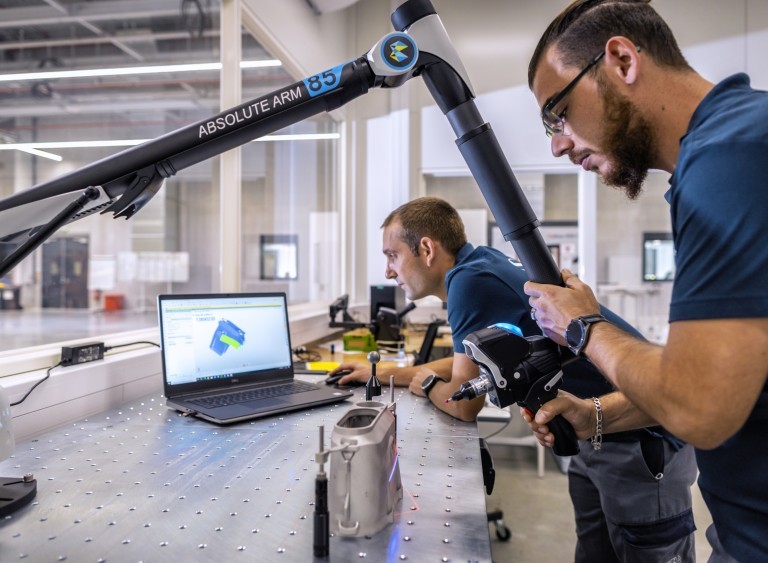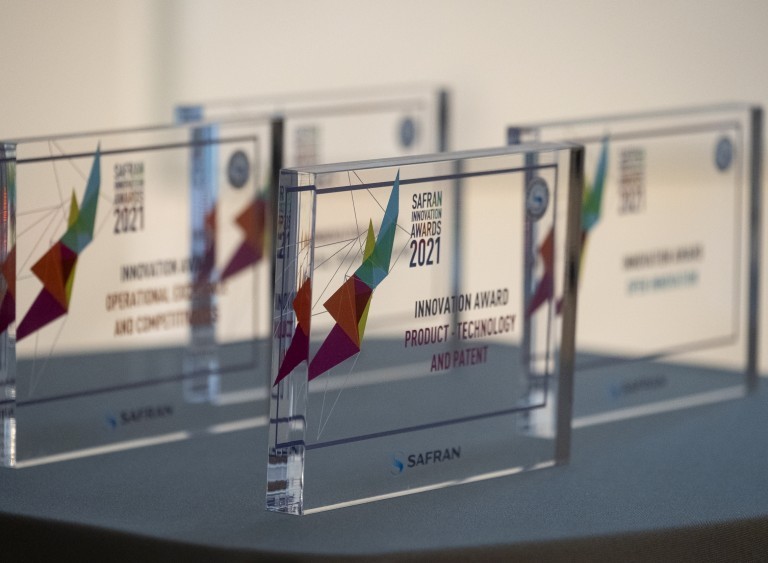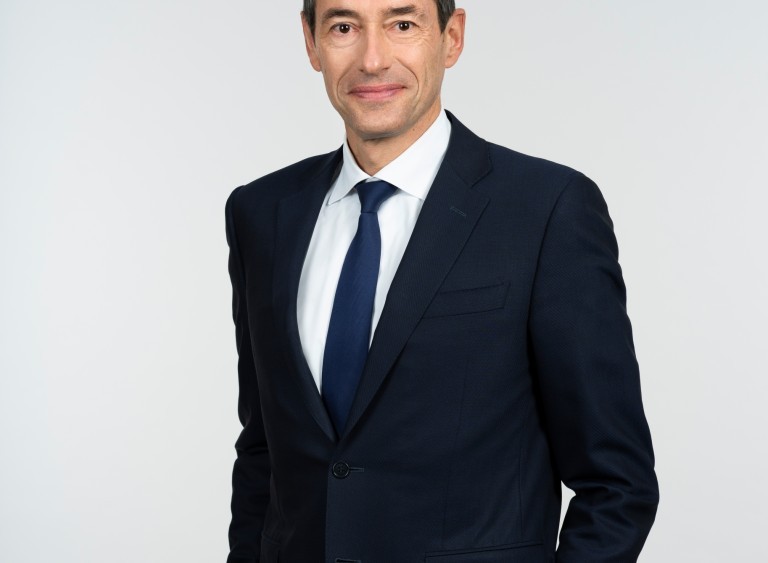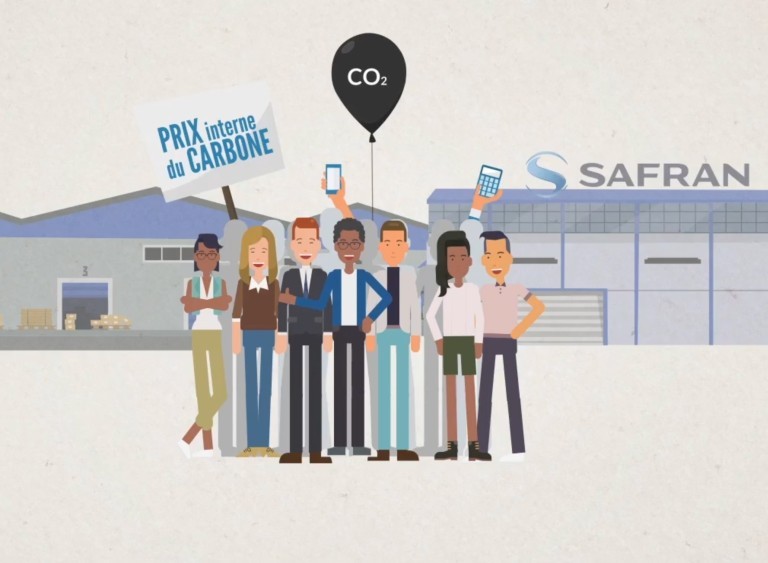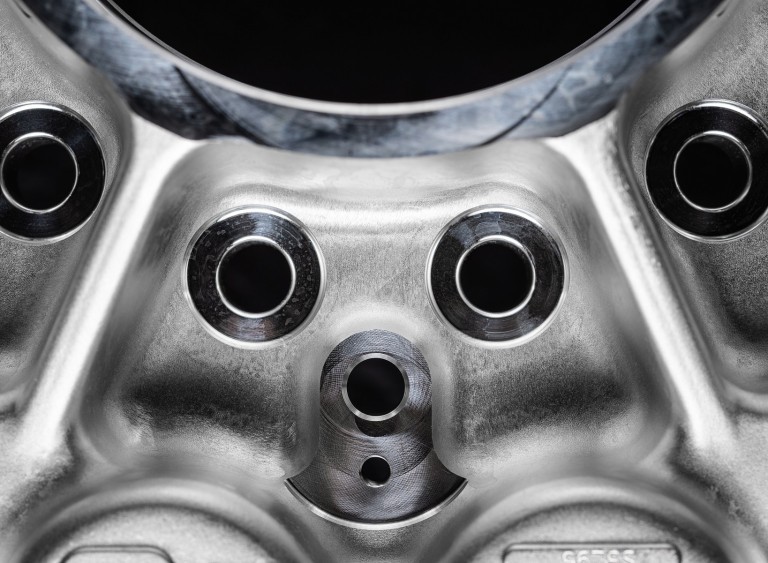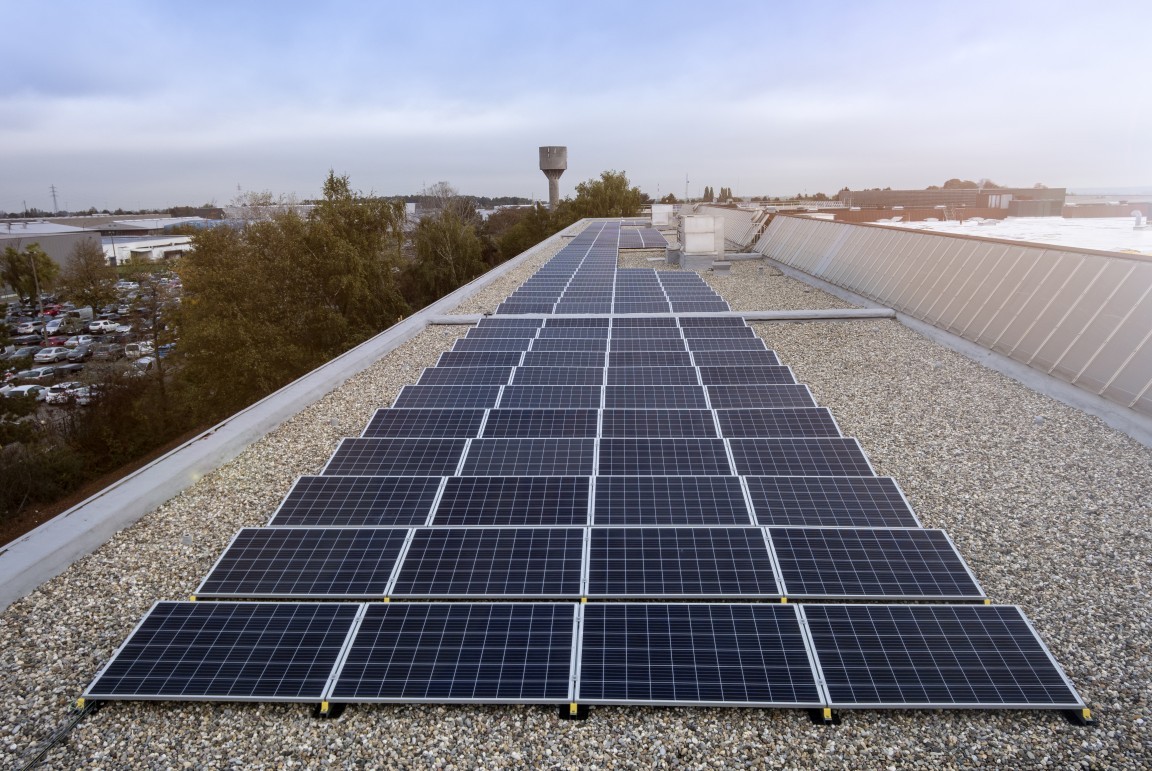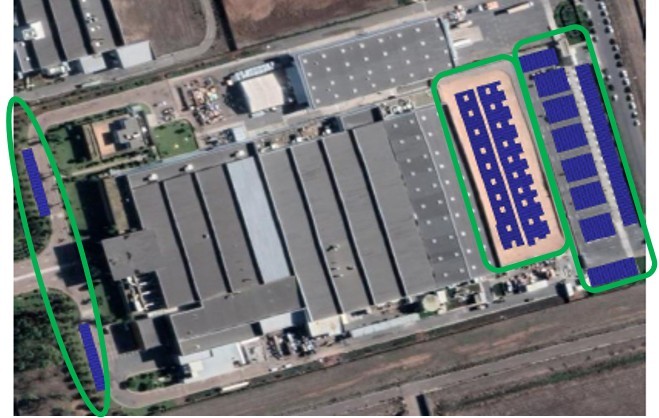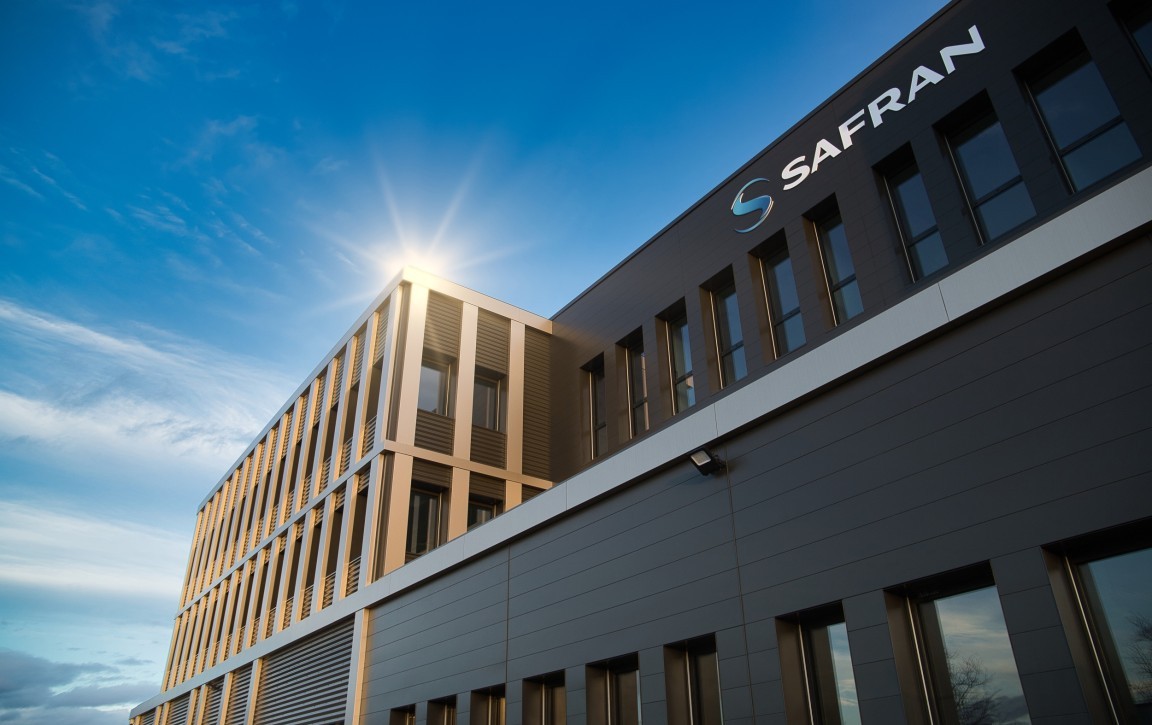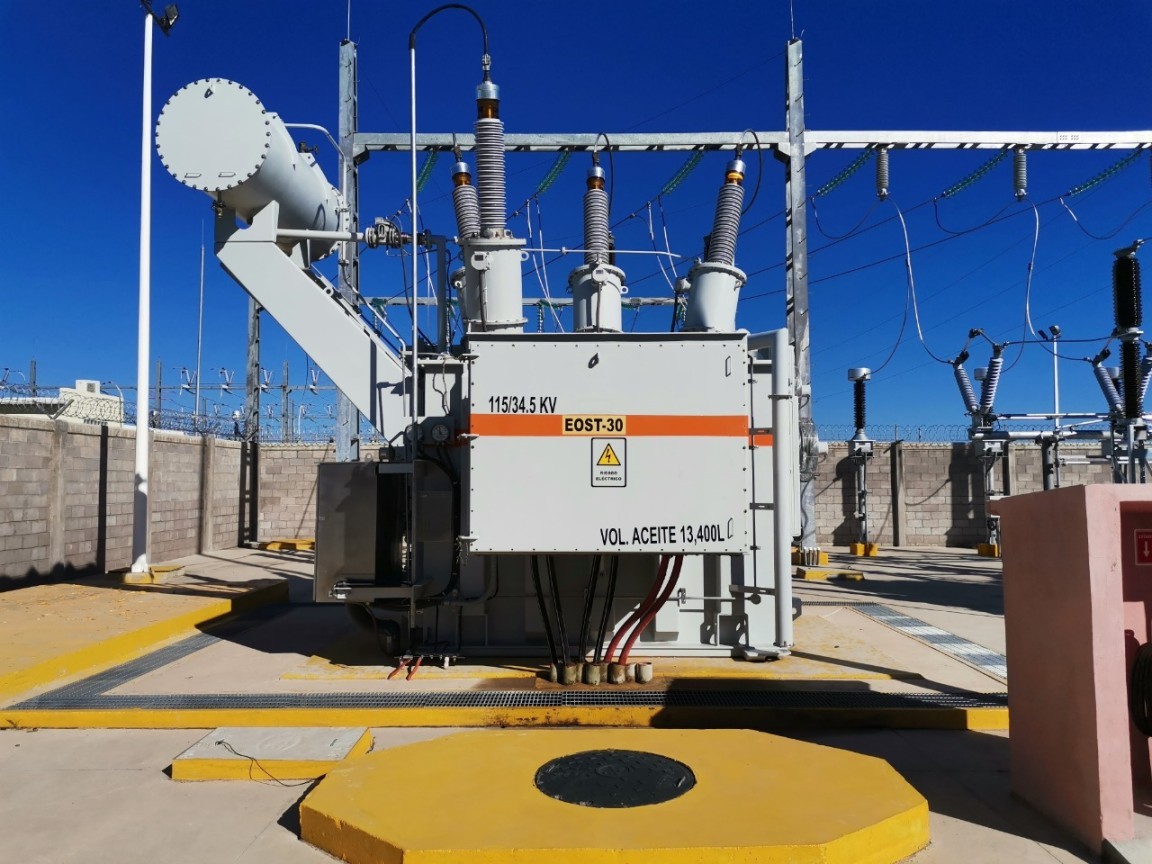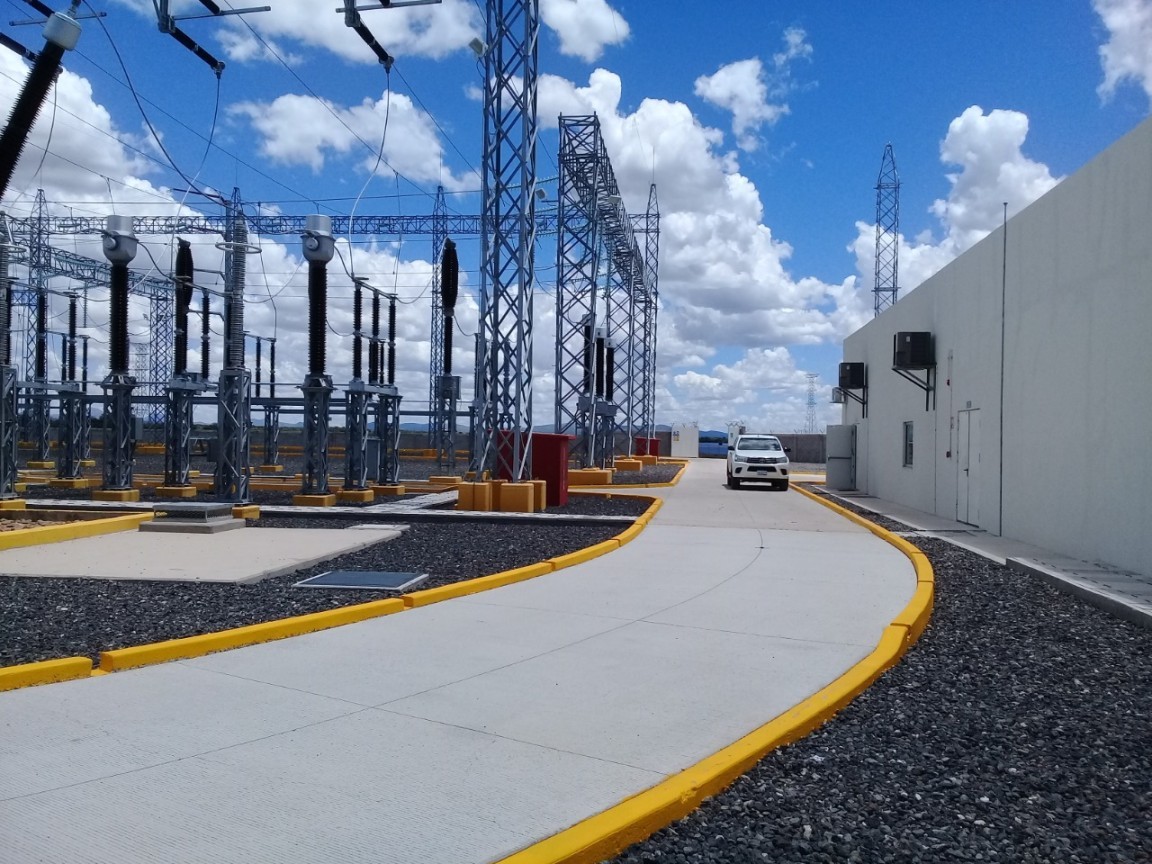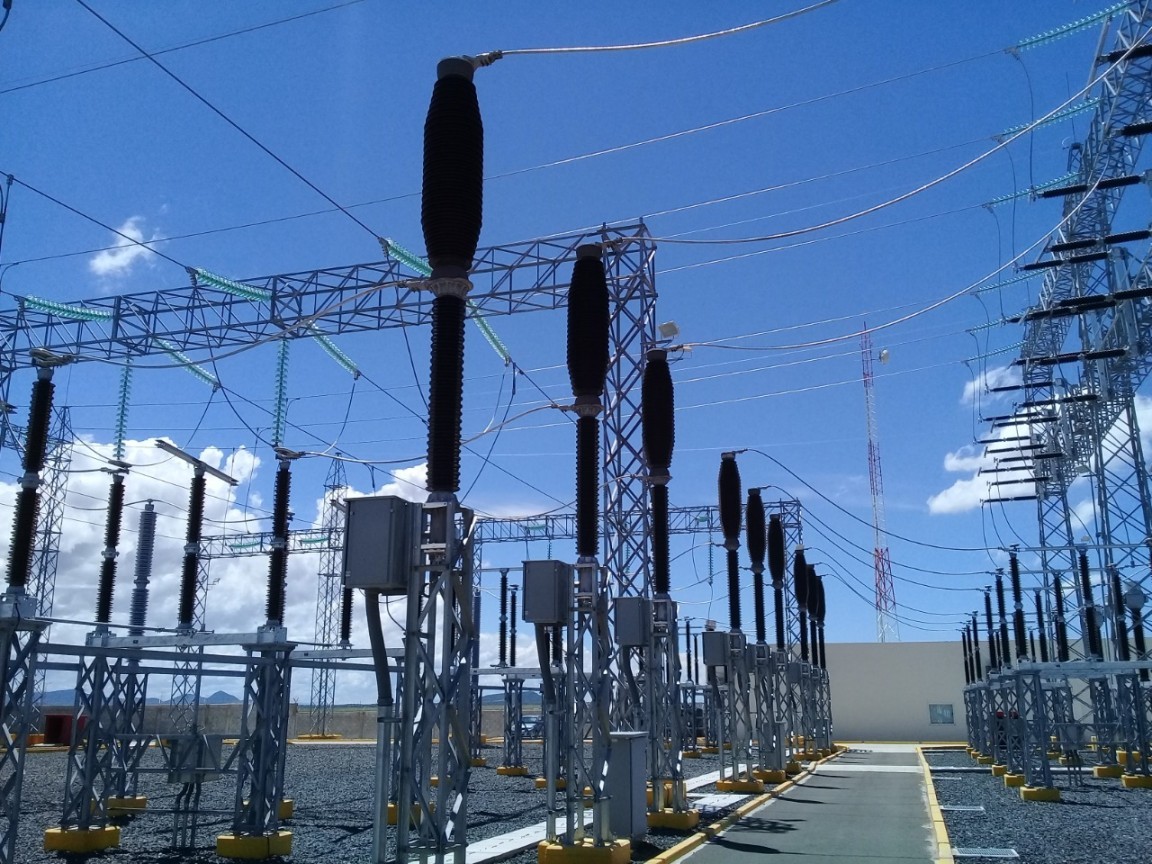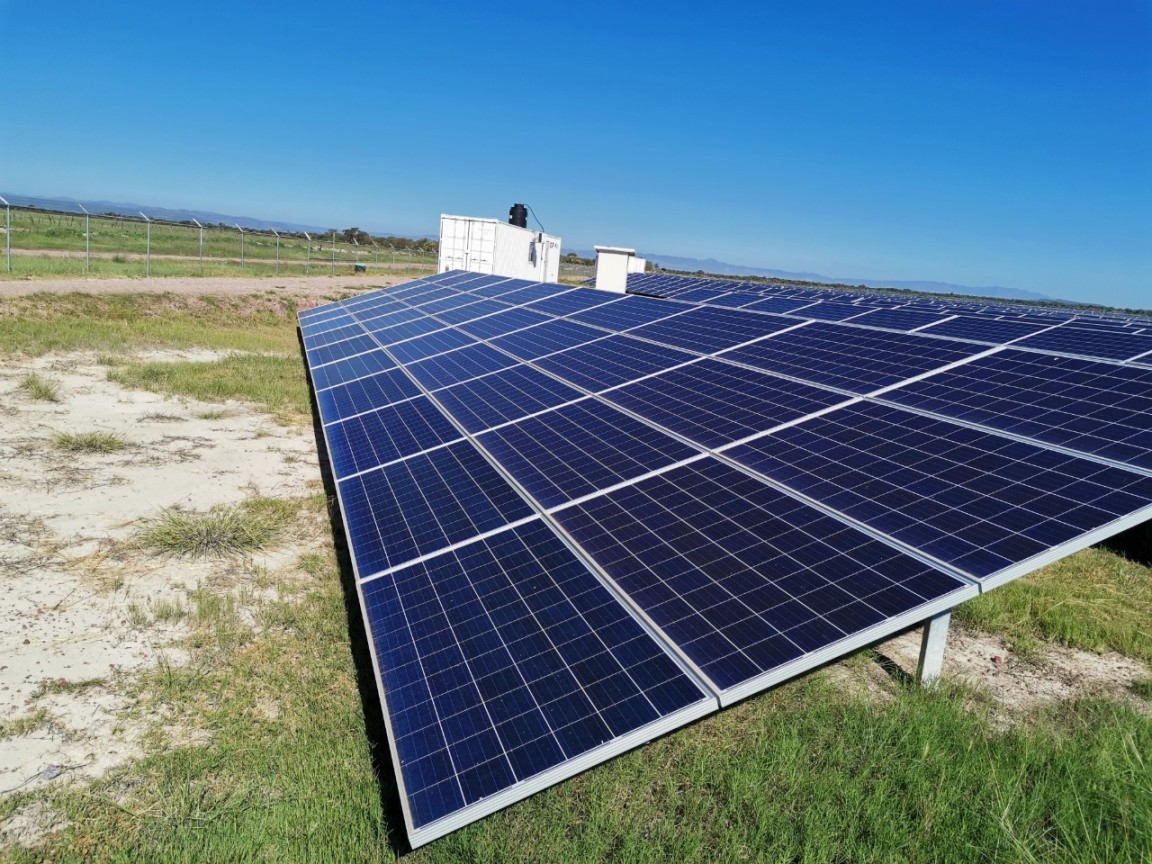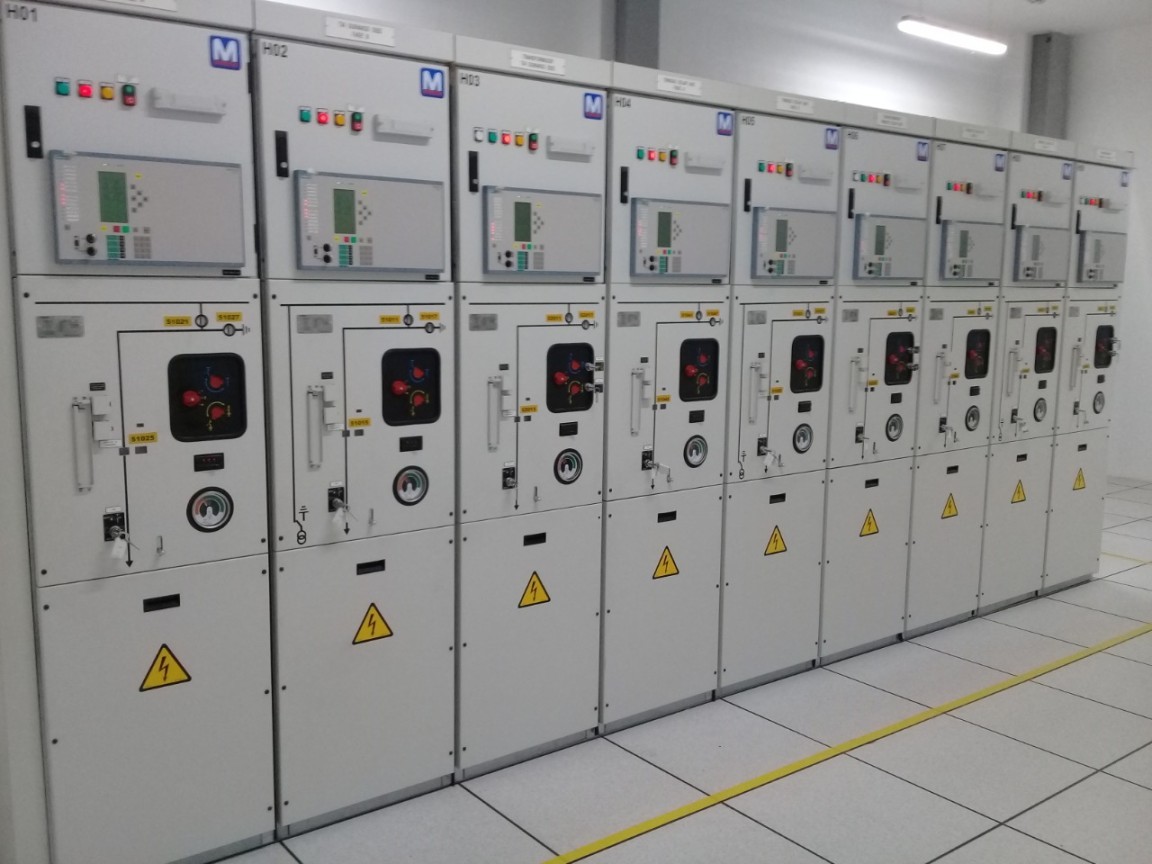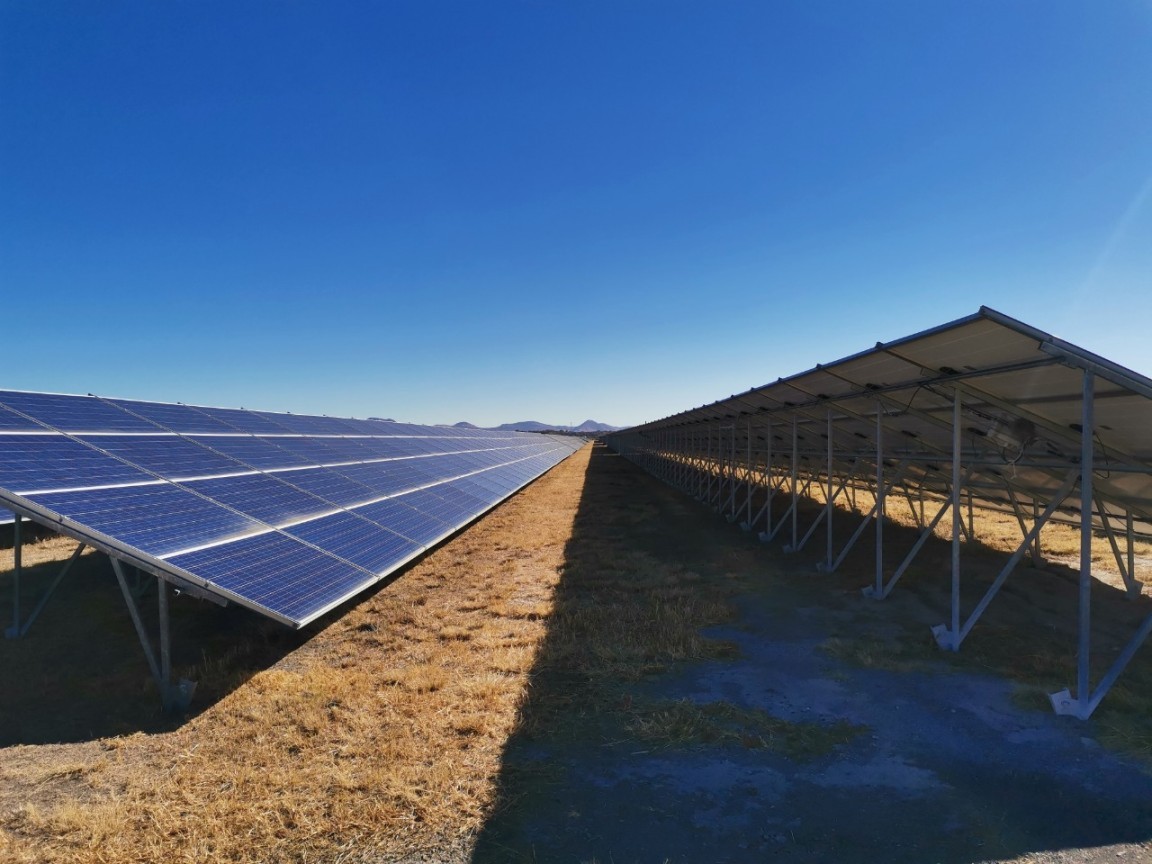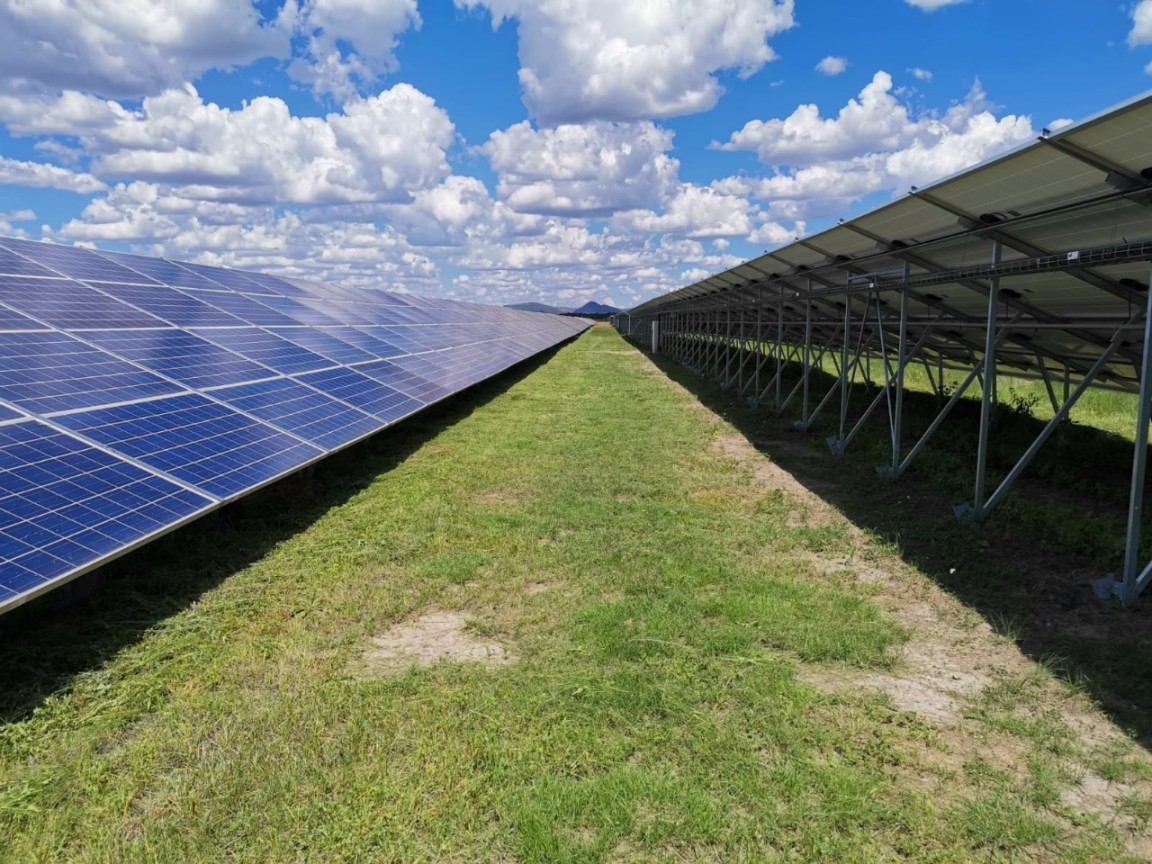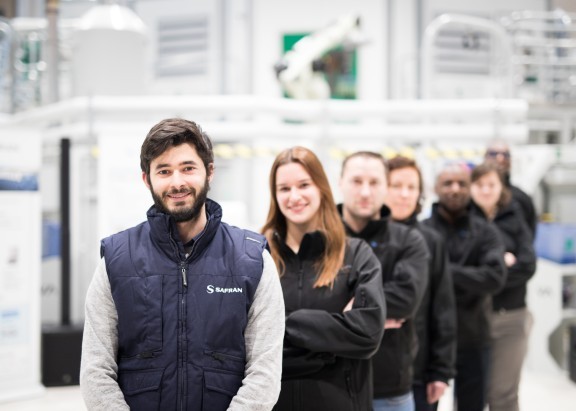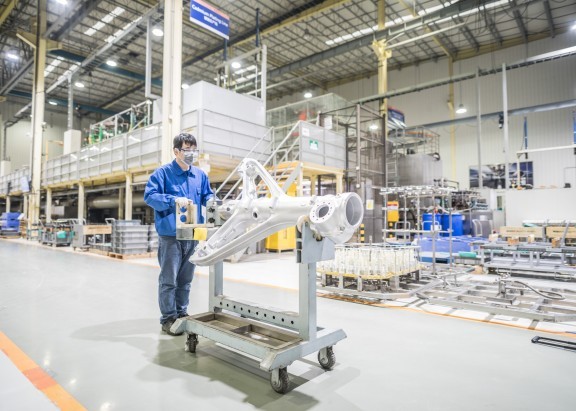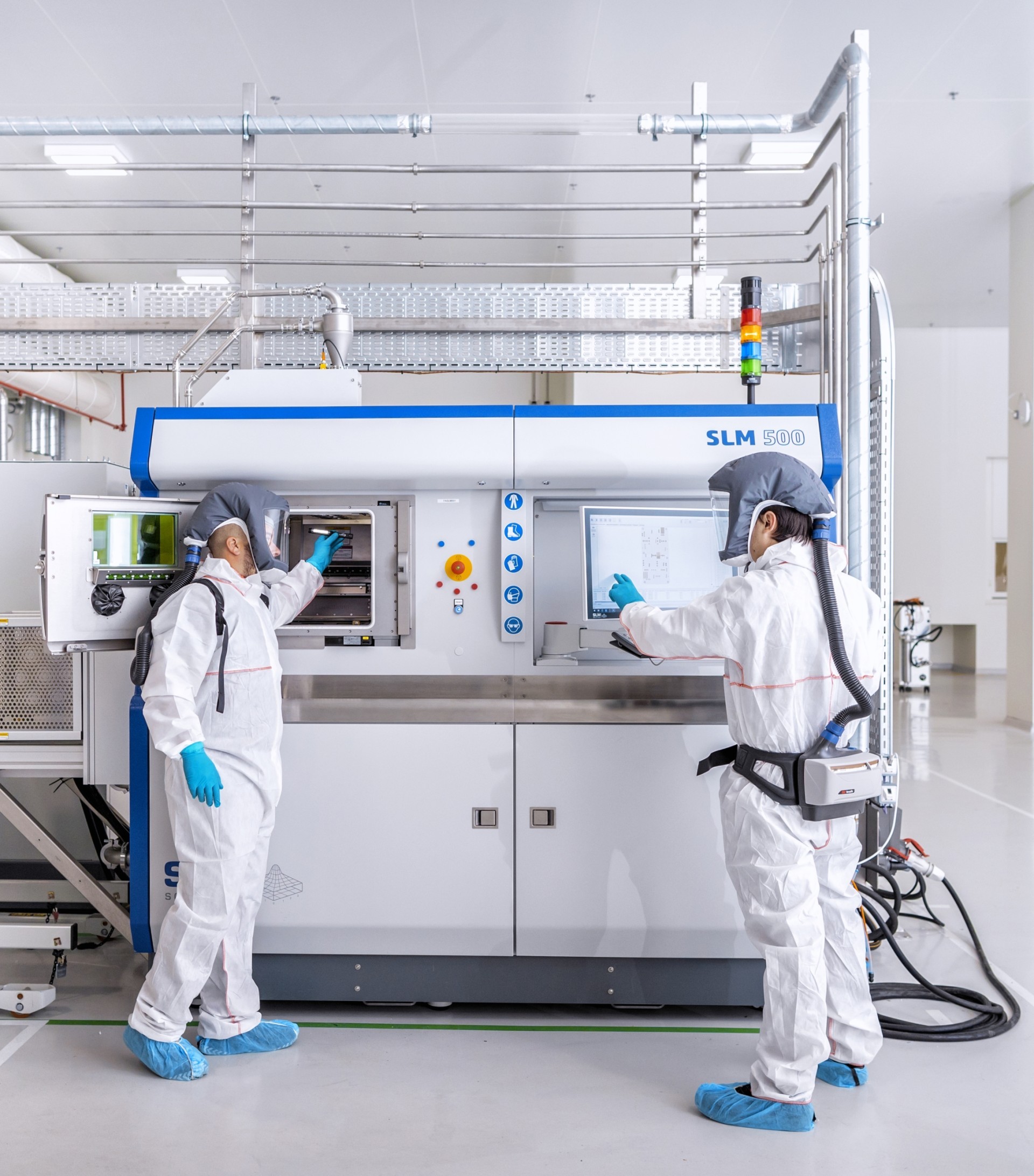
BETTER MANAGING ENERGY AT OUR SITES: A KEY LOW CARBON OBJECTIVE
Reducing Scope 2 of Safran’s emissions within our low-carbon strategy covers all aspects of energy savings at our sites. Building upgrades, consumption monitoring and green electricity contracts are just three ways we can consume smarter and waste less. Our new “energy management system”, initiated in October, is inspired by the many initiatives underway at Safran companies.
- Connection
- Interview
- Photo Report
- Perspective
- At a glance
s Safran CEO Olivier Andriès reminded us when the energy management system was launched: “The goals of our Low Carbon Plan won’t be achievable without robust management of energy consumption, a point closely monitored by our stakeholders as part of climate reporting.” New builds like the Safran Additive Manufacturing Campus in Bordeaux are a real showcase of energy efficiency, but they mustn’t overshadow the huge efforts being made to optimize existing facilities. For example, replacing conventional lighting with LEDs is gathering pace at our sites. Safran Seats started using LEDs at its facilities in Mexico, the United States, the United Kingdom, France and Tunisia in 2018. To date, these savings equate to 2,500 metric tons de CO2. In fact, all companies are stepping up their actions to reduce energy consumption.
From buildings to production
Added together, small improvements are saving tons of CO2. Safran Filtration Systems has installed a smaller air compressor at its Nexon site, cutting CO2 emissions by 1.5 metric tons a year. In Molsheim, the focus is on better scheduling to ensure surface treatment baths only operate when needed, saving 4 metric tons of CO2 a year. Safran Transmission Systems’ machine shops are now using recycled oils, which take just a tenth of the energy to produce. Monitoring buildings has highlighted huge potential savings. At Safran Tech in Paris-Saclay, for instance, real-time visual monitoring of consumption has led to a 19.4% reduction since 2017, despite more people working at the site. Colombes, Querétaro, Suzhou, Corbeil and many other sites now have energy meters. Keeping a close eye on our consumption takes us to the root of the issue: where does the energy we consume come from?
Sites producing their own electricity
Installing solar photovoltaic (PV) panels at our sites is another way to reduce our reliance on conventional energy mixes. In Morocco, Safran Nacelles’ Casablanca plant will cover up to 20% of its electricity needs thanks to over 6,500 square meters (70,000 sq. ft) of panels being installed from December 2021. The energy produced will save at least 2,000 metric tons of CO2 a year — the equivalent of driving 14 million kilometers (8.7 million miles) in an automobile. In Belgium, Safran Aero Boosters has been investing in renewable energies since 2019. The company will add 1 MW of solar-electric power to its 200 kW of existing panels and plans to install a 1 MW wind turbine in 2022. In Asia, the United States and France, similar projects are flourishing as sites seek to decarbonize part of their electricity consumption.
Purchase of green electricity: a first major contract
In Mexico, our Chihuahua site signed a major contract on July 1 for the supply of solar-generated electricity.
Initiated and negotiated by Safran Aerosystems Mexico, this power purchase agreement (PPA) will benefit the four Group companies at the site. The three-year contract will decarbonize 70% of the energy they use, thanks to a nearby solar park. Over the three years, it equates to savings of more than 40,000 metric tons of CO2. This green electricity contract is the first on this scale within Safran. The model is already being emulated, with a second agreement being finalized in Mexico for the Querétaro site and similar projects initiated at Group level in the United States and other countries to purchase green electricity.
EACH YEAR, A NEW LEVEL
While the number of initiatives is growing, we have yet to achieve energy management maturity. Actions need to be pursued as part of an organized approach, hence the launch of our energy management system on October 25. Bertrand Fiol, head of Safran’s Low Carbon Plan, explains: “Efforts to reduce fossil energy consumption are rated at three levels: bronze, silver and gold. Every Safran site must aim to reach a higher level each year. An audit system will ensure sites comply with best practices and related timeframes. Our goal is for all sites to achieve gold by 2024.”
Red/Orange/Green system eliminates needless consumption
At its Molsheim site, Safran Landing Systems has assigned one of three colors to each piece of production machinery depending on its complexity and/or how often it’s shut down. A procedure for stopping and restarting can be downloaded by scanning a QR code on the unit. Thanks to this kind of visual management, anyone at the site can see if a machine is running unnecessarily and switch it off. The resulting energy savings are estimated at 50 metric tons of CO2 a year. Currently being rolled out in Montreal, Bidos, Sendayan and Gloucester, this innovation will be extended to all Safran sites from 2022 as part of the “net zero” part of our CSR commitments.
Valence aims for highest energy standards
Safran Electronics & Defense’s new building in Valence will save 500 metric tons of CO2 every year, compared to a gas-heated equivalent. Its low-carbon design includes a heat pump system, solar-electric plant, energy-saving facades, double-flow ventilation with heat recovery and all-LED lighting with automated control. Energy is all electric, with consumption monitored by sub-meters. High-performance centralized management allows for further improvements. And liquid nitrogen is now produced locally, with no need for storage tanks or deliveries by truck.
All about Safran's energy strategy
Read the news

